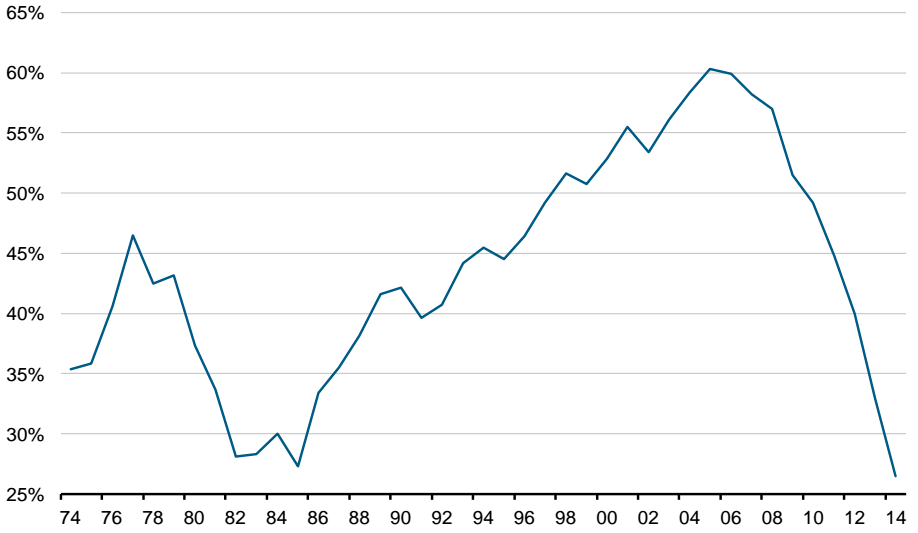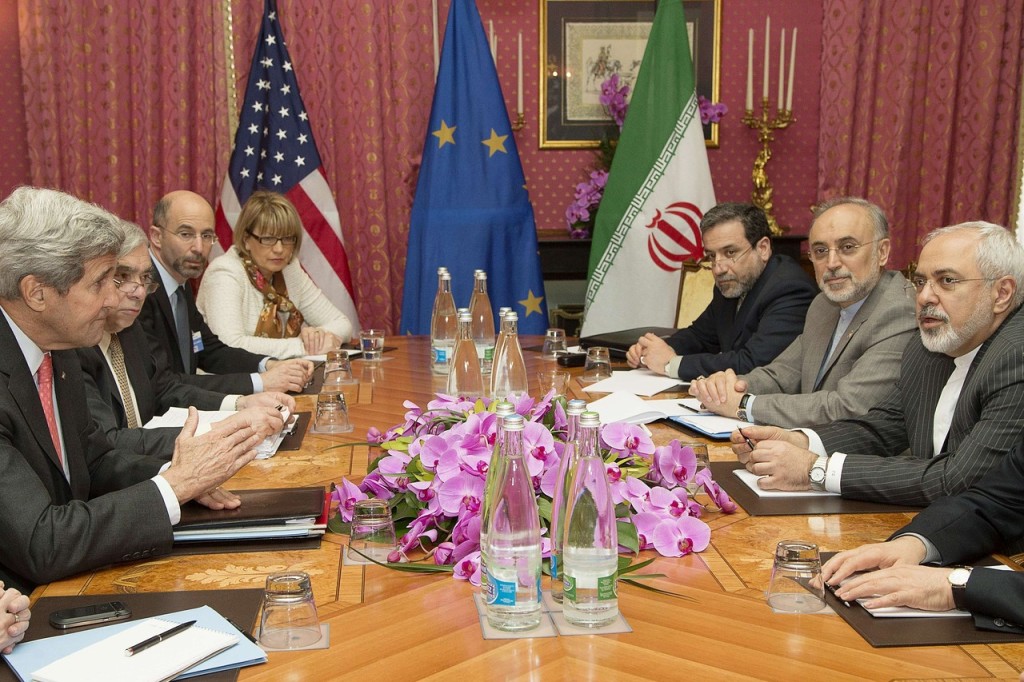 Chart credit to Bank of America.
Chart credit to Bank of America.
Within a half-century, the most important fact of the Obama administration might well be that it presided over an energy boom that de-linked, for the first time in many decades, US dependence on Middle Eastern oil and foreign policy.![]()
![]()
No other fact more explains the deal, inked with the Islamic Republic of Iran, that brings Iran ever closer into the international community — and no other fact brings together so neatly the often contradictory aspects of US president Barack Obama’s policy in the Middle East today.
* * * * *
RELATED: Winners and losers in the Iran nuclear deal
* * * * *
With the exception of a small peak in the mid-1980s, when prices tanked after the oil shocks of the 1970s, US imports of foreign oil are lower than ever — and that’s a critical component to understanding Tuesday’s deal between the P5+1 and Iran. Thanks, in part, to the shale oil and fracking revolutions, US oil reserves are at their highest levels than at any point since 1975. Bank of America’s chart (pictured above) shows that US dependence on foreign oil — net imports as a percentage of consumption — dropped to 26.5% by the end of 2014.
Making sense of the Obama administration’s Mideast contradictions
One of the sharpest criticisms of the Obama administration is that it has no overweening strategy for the region. On the surface, the contradictions are legion. To take just three examples: Continue reading One chart that explains Obama era Middle East policy
